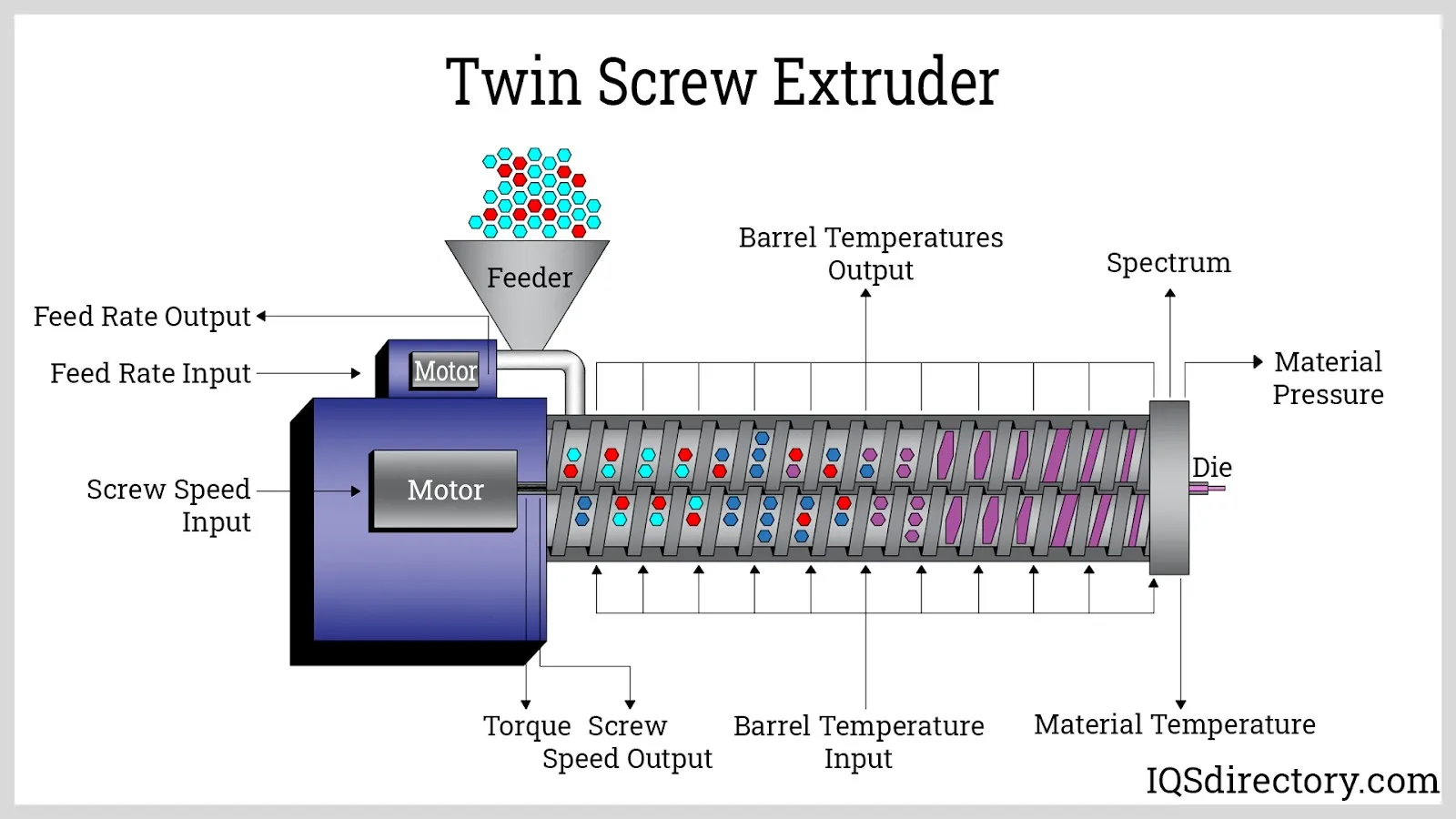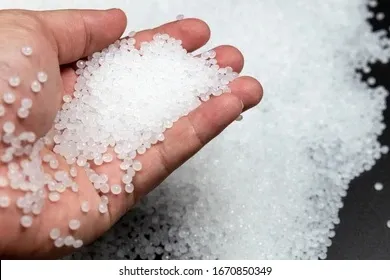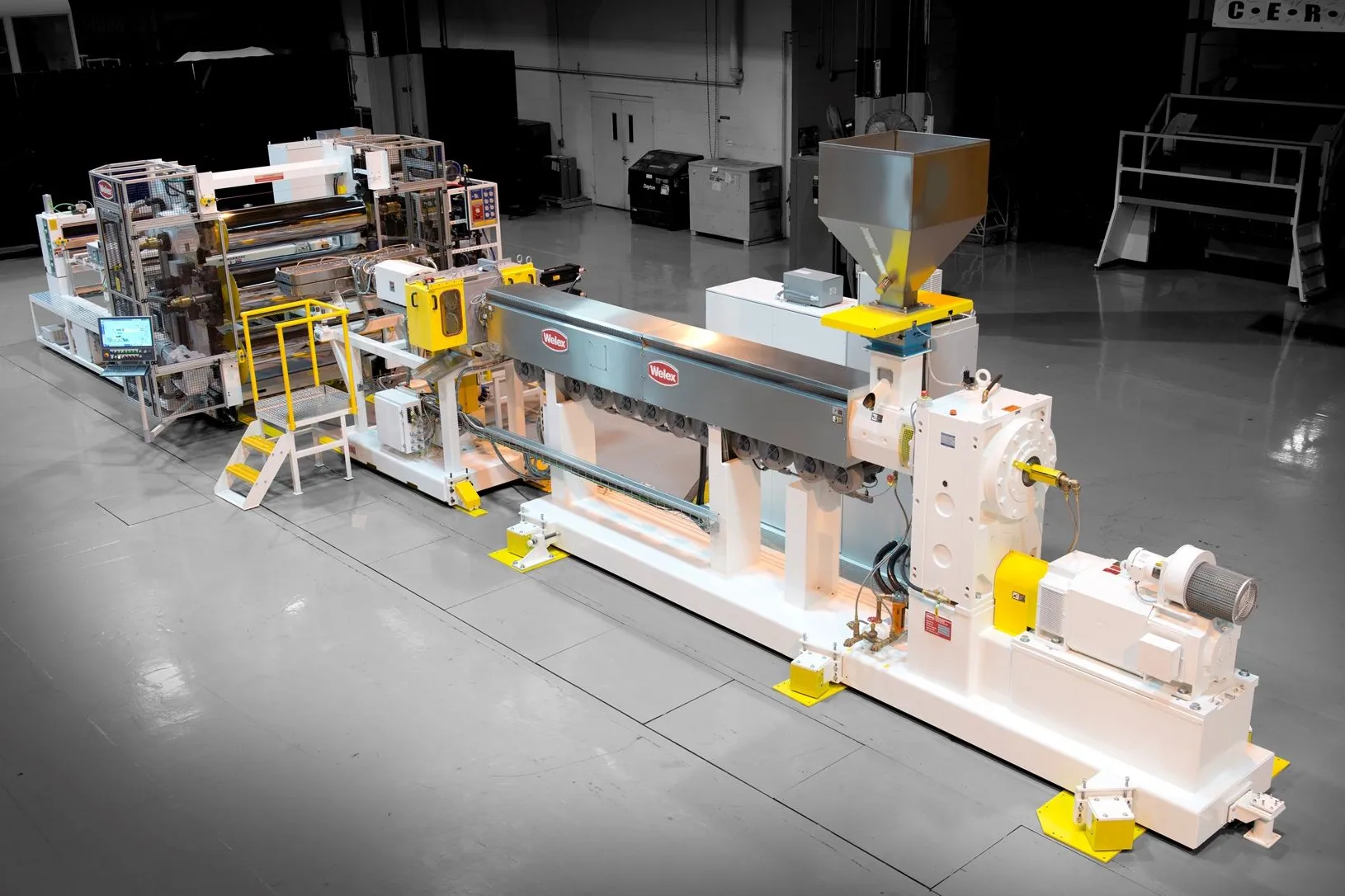Extrusion Compounding: A Comprehensive Guide to Polymer Processing
Extrusion compounding is a fundamental process in the polymer industry, enabling the production of high-performance materials by blending base polymers with additives, fillers, or reinforcements. This technique is critical for creating compounds with enhanced properties such as improved strength, thermal stability, UV resistance, or color. The process involves melting the polymer matrix and uniformly dispersing various components through mechanical shear and thermal energy, resulting in a homogeneous melt that can be shaped into pellets or directly into final products. With applications spanning automotive, packaging, construction, and electronics, extrusion compounding is indispensable for meeting the evolving demands of modern manufacturing.
Principles of Extrusion Compounding
At its core, extrusion compounding relies on the use of an extruder—a machine consisting of a barrel, screw, and die—to plasticize and mix materials. The polymer and additives are fed into the extruder, where the rotating screw conveys them through heated zones. As the material moves forward, it undergoes melting, mixing, and pressurization. The screw design, which may include mixing elements like kneading blocks or blister rings, plays a crucial role in achieving dispersion and distribution of additives. The compounded melt is then forced through a die to form strands, which are cooled and cut into pellets for further processing. Key parameters such as screw speed, temperature profile, and residence time must be carefully controlled to ensure product consistency.

Key Components of an Extrusion Compounding System
An extrusion compounding line typically includes several integrated components: the feed system, extruder, die, cooling unit, and pelletizer. The feed system accurately meters raw materials into the extruder throat, often using gravimetric or volumetric feeders. The extruder, which can be single-screw or twin-screw, is the heart of the process, providing the necessary shear and heat for compounding. Twin-screw extruders are preferred for their superior mixing capabilities and flexibility. Downstream equipment, such as water baths or air knives, cools the extrudate, while a pelletizer cuts it into uniform pellets. Advanced systems may also incorporate vacuum vents for devolatilization to remove moisture or volatile by-products.
Types of Extruders Used in Compounding
Extruders are categorized based on screw configuration and design. Single-screw extruders are simple and cost-effective but offer limited mixing efficiency, making them suitable for straightforward compounding tasks. In contrast, twin-screw extruders—which can be co-rotating or counter-rotating—provide intensive mixing and are ideal for complex formulations involving heat-sensitive materials or high filler loadings. Co-rotating twin-screw extruders are the most common in compounding due to their self-wiping action and high throughput. Other variants, such as planetary gear extruders or multi-screw systems, are used for specialized applications requiring exceptional dispersion or low shear.
| Parameter | Single-Screw Extruder | Twin-Screw Extruder (Co-rotating) |
|---|---|---|
| Mixing Efficiency | Moderate | High |
| Flexibility in Formulation | Low | High |
| Heat Sensitivity Handling | Poor | Excellent |
| Capital Cost | Lower | Higher |
| Typical Applications | Basic blending, pelletizing | Reactive extrusion, filled compounds |

Critical Process Parameters and Their Impact
The quality of a compounded product is influenced by several operational parameters. Screw speed determines the shear rate and residence time, affecting dispersion and thermal degradation. Temperature profiles along the barrel must be optimized to melt the polymer without degrading it. Feed rate and sequence—such as side-feeding fillers—can impact mixing homogeneity. Torque and pressure measurements are monitored to ensure stable operation. For example, excessive torque may indicate overloading, while low pressure at the die could lead to incomplete filling. Advanced process control systems use real-time data to maintain consistency and reduce variability.
Additives and Fillers in Compounding
Extrusion compounding allows for the incorporation of a wide range of additives. These include reinforcing agents like glass fibers or carbon nanotubes to improve mechanical properties; fillers such as calcium carbonate or talc to reduce cost or enhance stiffness; plasticizers for flexibility; stabilizers against UV or heat; and colorants for aesthetics. The choice of additives and their concentration requires careful consideration of compatibility with the polymer matrix and the processing conditions. Poor dispersion can lead to defects like agglomerates or weak spots, underscoring the importance of optimized compounding.
Applications of Extrusion Compounding
Compounded polymers are used in numerous industries. In automotive, compounds with glass fiber reinforcement produce lightweight, durable components. Packaging films benefit from anti-blocking or slip additives introduced via compounding. Electronics housing often uses flame-retardant compounds, while construction materials incorporate UV stabilizers for outdoor use. Additionally, compounding is essential for recycling, where mixed plastic waste is compatibilized and upgraded into valuable products. The versatility of extrusion compounding makes it a cornerstone of sustainable material development.

Challenges and Future Trends
Despite its advantages, extrusion compounding faces challenges such as energy consumption, material degradation, and the need for precise control. Future trends focus on sustainability, with increased use of bio-based polymers and recycled content. Industry 4.0 technologies, including IoT sensors and AI-driven optimization, are being adopted to improve efficiency and quality. Nano-compounding and reactive extrusion are also emerging areas, enabling the development of advanced materials with tailored properties for high-tech applications.

